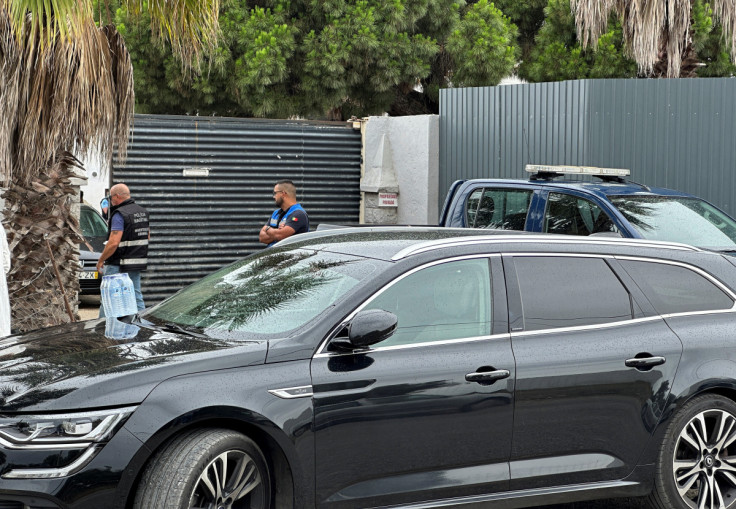Hundreds of labour exploitation victims found near Lisbon
Nearly 300 officers, including from the police and the border agency SEF, were taking part in the operation.

Hundreds of alleged victims of labour exploitation were found on Wednesday in different locations near Portugal's capital Lisbon, including inside a big warehouse where they were kept to work in the illegal harvesting of shellfish.
The Maritime Police, which is leading the investigation, said in a statement that all of the 243 victims identified so far were migrants. CNN Portugal said most were from Southeast Asia.
Four members of criminal networks linked to the illegal harvesting and trade of shellfish, such as clams, have been detained, the police said, adding the operation was ongoing.
Nearly 300 officers, including from the police and the border agency SEF, were taking part in the operation, which included various raids.
Reuters witnessed police operations at two buildings in Samouco, a village of the south bank of the River Tagus.
Officers were seen walking in and out of the buildings as migrants waited inside. It is not clear how many migrants were inside each of the buildings and how many more buildings have been searched.
Local media said the victims worked at the Tagus Estuary, an area where the harvesting of shellfish without a license is common.
Cases of labour exploitation and human trafficking have been growing in Portugal, with the latest homeland security report showing most victims were exploited in the agricultural sector.
There are several cases of poor migrants trapped in unpaid work on farms in Portugal's Alentejo region.
Portuguese investigators say typical victims are impoverished migrants brought to Portugal by trafficking rings with the promise of a job. However, once put to work, their identity documents are often confiscated and their pay withheld, with many packed into grim, common living quarters with few amenities.
The Council of Europe said in June last year that Portuguese authorities identified 1,152 presumed victims of trafficking in 2016-2020.
The number of investigations, prosecutions and convictions remained low compared to the number of identified victims, the Council of Europe said at the time.
Copyright Thomson Reuters. All rights reserved.





















